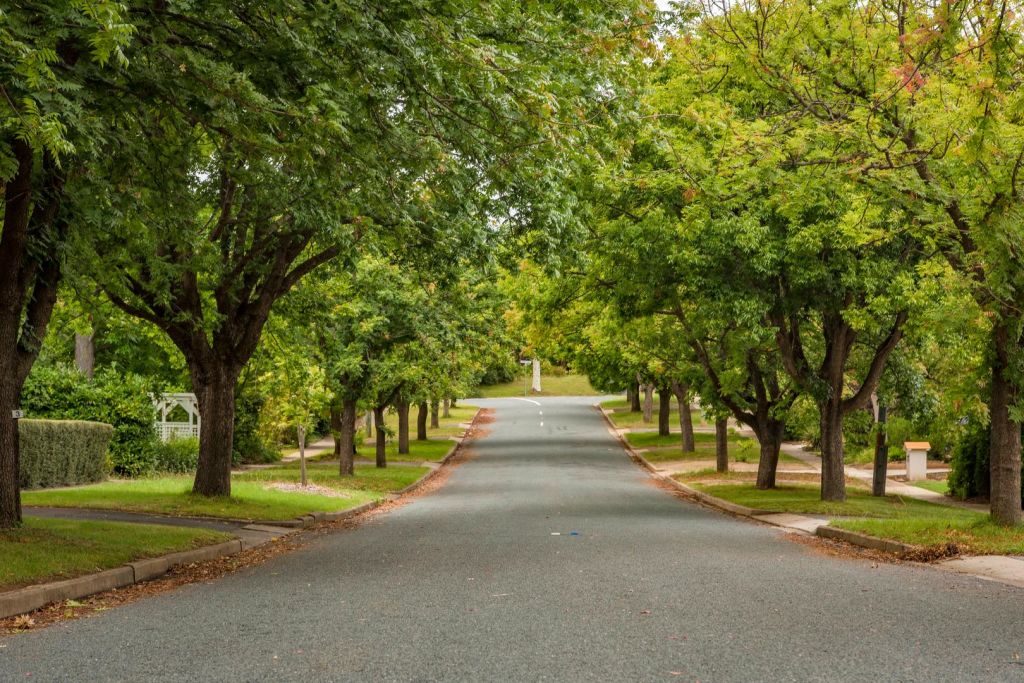The property-related measures announced in the 2022 ACT Budget

ACT chief minister Andrew Barr has delivered the government’s annual budget with a focus on the wellbeing of Canberra, continuing pandemic responses and catering to the growing population’s needs.
The 2022-23 budget took into consideration population data from the 2021 census, with the Australian Bureau of Statistics revealing there were 21,800 more Canberrans than expected.
With the implementation of a Wellbeing Framework in its creation, the budget focused on the importance of a strong economy, health, educational foundations, social connection, the environment and trusted institutions.

Investments made within these focal points will “ensure that the Canberra of 2030 continues to be one of the most livable cities in the world”, Barr said.
The budget also recognised that “opportunities in life would be diminished without the benefits of … sustainable housing”, and invested four per cent of total expenditure in housing initiatives, equating to $265 million in 2022-23.
As the ACT government adapts to the territory’s growing numbers, these are the property-related measures included within this year’s budget:
Increasing affordable home ownership
Over the next four years, the ACT government will invest more than $45 million in supporting housing affordability for low-to-medium-income households.
The 2022-23 budget promises an increase to the conveyance duty tax threshold for owner-occupiers from $200,000 to $260,000. There will also be an increase in the Home Buyer Concession Scheme eligibility threshold from an income of $160,000 to $170,000.
Alongside affordability changes, the ACT government will also be providing funding for up to 3000 energy-efficiency scorecard assessments for low-income homeowners.
Rebates of 50 per cent for the installation of environmentally friendly heating and cooling systems will also be available for 4500 low-income homeowners.
Housing choice and land release timelines
The ACT government is planning for an increase of around 30,000 dwellings in the next five years, as the territory’s expected population growth for the end of the decade reaches 500,000.
The 2021 census revealed Canberra’s population had reached around 454,000, up from 397,000 in 2016, and this increase in housing availability will push supply to around 210,000 dwellings, from 180,000.
More than $20 million has been invested to support the release of land for building, and improve the safety and protection of homeowners with improved building quality.
The introduction of the 2022-23 Indicative Land Release program will aim to promote sustainable and competitive land development and create more construction jobs and investment in Canberra.
The program is working towards building 70 per cent of new dwellings within the existing urban footprint, including Whitlam, Molonglo and Jacka. Alternative areas for growth could arise in areas delivered by the Commonwealth government.

Build-to-Rent opportunities and support
To tackle Canberra’s record median rents and competition among tenants, the ACT government also made a commitment to progressing Build-to-Rent projects.
The budget details the release of site 3, section 57 in the suburb of Turner to pilot Build-to-Rent initiatives with affordable rental components.
The promise also includes the removal of Lease Variation Charges for those developments which include a minimum of 15 per cent of dwellings as affordable rentals.
Strengthening social housing assistance
The ACT government will be providing $95 million over four years in additional funding to public housing and homelessness programs, having already committed more than $1.4 billion in new public housing projects until 2025.
The additional funding includes further investment in the repair and maintenance of existing public housing, up to 9000 condition audits, and the continuation of homelessness programs and services.
An expansion of the Growing and Renewing Public Housing program is also planned, adding 140 public housing dwellings to deliver a total of 400. In 2022-23, the ACT government is anticipating a work-in-progress schedule of 700 public housing dwellings, including the completion of 193 dwellings.
So far, the program has constructed more than 219 new dwellings, acquired 93, purchased 101 land sites, and sold 343 public housing properties.
We recommend
States
Capital Cities
Capital Cities - Rentals
Popular Areas
Allhomes
More








